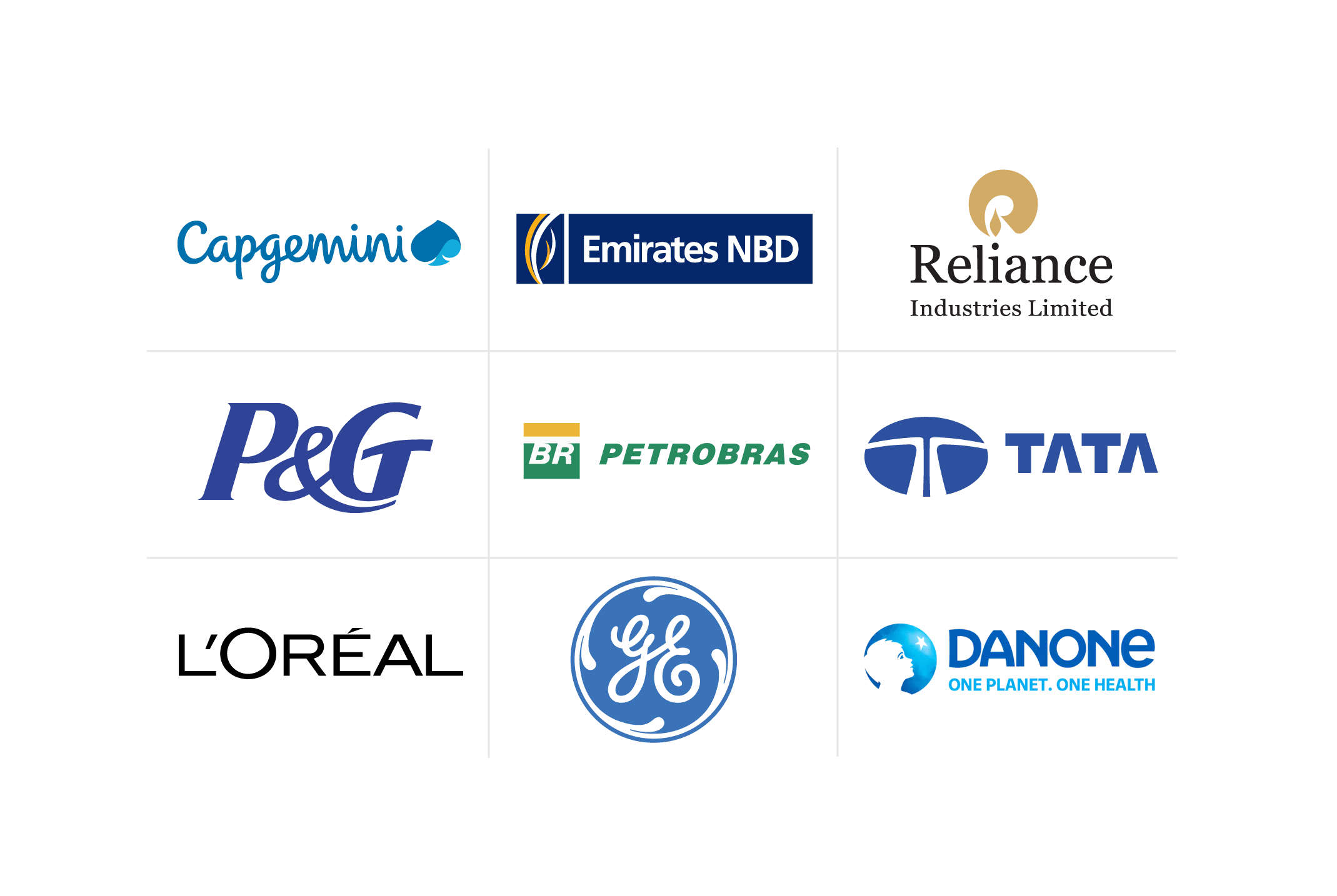In-House Course Creation vs. Outsourced Course Development
Your employees are your most valuable asset, and granting them growth opportunities at work could make them even more valuable. Discover the pros and cons of in-house versus outsourced course creation for developing employee training programs.
![[Featured image] Instructor giving lesson to a group of employees to gain new skills](https://d3njjcbhbojbot.cloudfront.net/api/utilities/v1/imageproxy/https://images.ctfassets.net/2pudprfttvy6/2jjqmneu5CS0IKnaxBCreN/20ca33cdc8c2a1184ae163c10a9eb3a3/iStock-542331556_medium.jpg?w=1500&h=680&q=60&fit=fill&f=faces&fm=jpg&fl=progressive&auto=format%2Ccompress&dpr=1&w=1000)
Whether you ask employees to participate in the process or hire an outside source, course creation is an essential part of developing effective employee training programs. If you have the staff, you can ask employees to craft courses and presentations for your learning and development initiatives. Alternatively, you can source content from third parties that sell custom and pre-packaged materials.
Learning and development is big business in the United States. Corporations spend more than $100 billion each year to train employees on technology, essential job skills, interpersonal communication, and more [1]. This is because the benefits of offering training for employees are clear: higher retention rates, enhanced productivity, and increased satisfaction. When planning for professional learning initiatives, one of your first decisions is who is going to produce the content. You may find it helpful to consider factors like cost (time and money), expertise, and learning management systems as you review the pros and cons of your options.
In-house course creation
When your staff develops training programs for employees, they are involved in in-house course creation. For example, your human resources director may create an onboarding program to help new employees acclimate to the company culture. This training could include an overview of policies like how to submit requests for PTO, how to clock in for a shift, and how to log in to the company's network.
Advantages of in-house course creation
One of the perks of creating courses in-house is having more oversight of the development process. This can be a significant advantage if the training includes proprietary information about your company or the products and services you offer. You can avoid sharing confidential details with third parties who can potentially give this information to others. Keeping the development process in-house also means you can make adjustments as needed instead of reaching out to someone else who may not be able to respond immediately.
Since your employees have direct experience with your company's mission and culture, allowing them to create courses ensures the content aligns with your objectives. The individuals putting together the content also have direct knowledge of your employees and how they operate. This allows them to tailor the information to meet the specific needs of the organization and employees.
In-house course creation may be more cost-effective, especially if the content falls within the scope of the employee-developer's experience. They may be able to work on it during the regular workday.
Disadvantages of in-house course creation
In-house course creation may be less appealing if your staff does not have the necessary expertise or knowledge of the topic. It's important to ensure employees receive accurate information about the subject, as employees are more willing to participate in the training when they feel confident that the presenter is knowledgeable.
Creating courses also requires a time investment. Your employees will need time during the work day to develop the courses, which can take them away from their other responsibilities and potentially affect business operations. If you allow them to create the content as an after-hours project, you will need to compensate them for their time—an added expense that you should include in the budget.
Read More: Fostering a Learning Culture within Your Company

Outsourced content development
If you hire a third party to create a training program for your employees, you are using outsourced content development. For example, if you purchase new software for the marketing team, you may hire an experienced consultant to put together training sessions so your employees can learn how to implement and use the program. Since the consultant has experience with the software, they can offer practical tips for working with it.
Advantages of outsourced content development
One important advantage of using outsourced content development is having access to people with expertise in the subject matter. Instead of leaning on employees to learn the principles and applications necessary to train their co-workers, you have someone who can step into the training role from the beginning. This can help save time and money and ensure your employees can stay focused on daily business operations.
Hiring a third-party content developer often means you can have the content in your hands sooner rather than later. This can be a game-changer if you have a tight timeline, as they can work with their own resources—not yours—to deliver the content you need. Perhaps they have a team that can create new content or pull from existing training materials to develop a custom plan for your employees.
Since third-party content developers don't work in your office, they can bring novel perspectives to your workplace. This can be helpful when you want to train your employees to adopt a new technology or embrace a cultural shift—hearing the information from someone outside the immediate corporate circle can be an incentive to cooperate.
Disadvantages of outsourced content development
The primary disadvantage of outsourcing your content development is losing control over the content and the process. In some cases, you may need to spend time revising or adapting something you've already paid for so it aligns with your corporate culture and quality standards. Coursera bridges this gap with a bespoke mix of custom content and expert-led courses.
With Coursera's Course Builder, an AI-assisted authoring tool, you can easily produce custom courses using world-class content from participating partners. You'll be guided through auto-generating a course outline, adding company-specific materials, blending modules from leading experts, and more. Course Builder's flexibility and expert content makes it simple to add context, deepen relevance, drive productivity, and meet your company's unique business needs.
Read More: 5 E-Learning Trends That Benefit the Workplace
Other things to consider
Although your budget and timeline will likely be important factors to consider when choosing between in-house or outsourced course creation, additional information can help you decide which is right for your team. Think beyond the amount of money you're willing to spend and how quickly you want employees to complete the training sessions.
Learning management systems (LMS): E-learning training should be compatible with the platform your employees use to access and complete the sessions. If you want to use a specific LMS that your staff has not yet used, you may need to outsource the training development.
Skills: Creating a course requires a number of skills, including subject knowledge, instructional design skills, and more. In some cases, experience with a particular software or current knowledge of industry trends is helpful.
Training needs: Find out what types of training your staff prefers and choose a method that will engage them. Some may prefer a facilitator-led in-person session, while others would rather complete an online program on their own time. Also, consider whether you need a single training session or want to offer ongoing courses.
Build your workforce’s skills with Coursera
Looking to train your team with high-quality educational content? Explore Coursera for Business to learn how to provide the technology training your business needs to be competitive with tools like Course Builder.
Attract frontline talent, support internal mobility, and prepare workers for in-demand, digital jobs with Career Academy from Coursera. Featuring a curated catalog of guided tutorials and projects focused on high-value digital skills and tools, Career Academy offers competitive career development opportunities with training programs from industry leaders like Google, Salesforce, Intuit, Meta, and Ashok Leyland, among many others.
Article sources
1. Statista. "Total training expenditures in the United States from 2012 to 2023, https://www.statista.com/statistics/788521/training-expenditures-united-states/." Accessed April 24, 2024.
This content has been made available for informational purposes only. Learners are advised to conduct additional research to ensure that courses and other credentials pursued meet their personal, professional, and financial goals.

